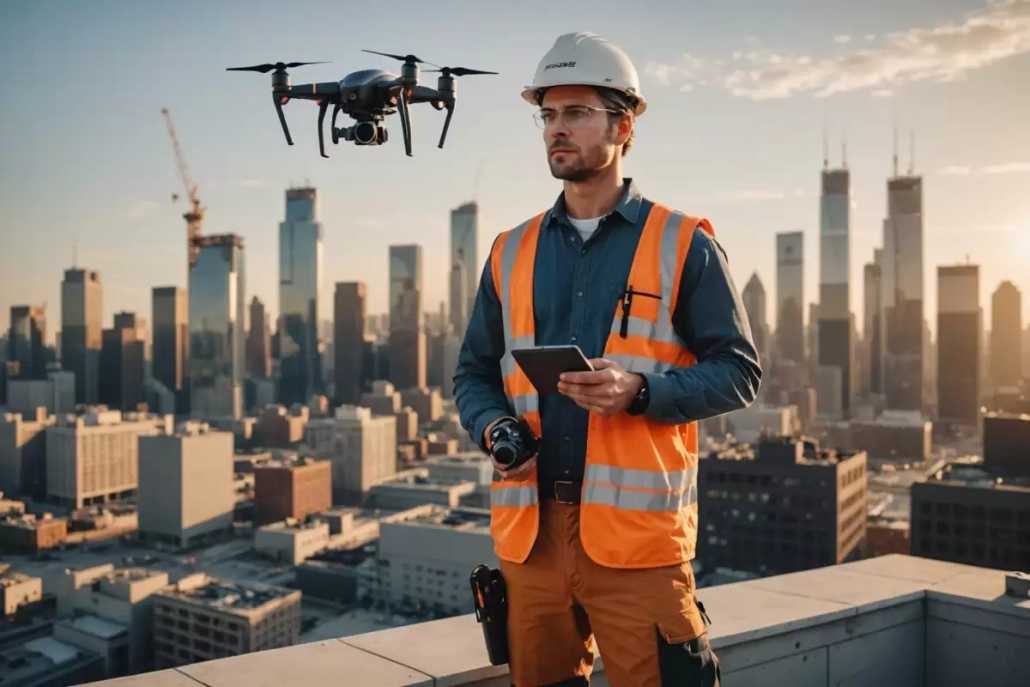In the world of architecture and construction, the beauty and strength of a building often lie beneath its surface. Reinforced concrete structures, with their sleek facades and towering forms, are a testament to human ingenuity. But like a hidden villain in a gripping novel, corrosion lurks beneath, threatening the very integrity of these magnificent structures. Understanding and addressing this silent adversary is not just a technical necessity but an art form in itself. Let’s delve into the fascinating realm of concrete maintenance, where science meets craftsmanship.
The Silent Threat: Understanding Corrosion
Corrosion in reinforced concrete is akin to a slow-burning fuse. It’s not immediately visible, but when it manifests, the damage can be extensive. Imagine the steel reinforcements within the concrete as the bones of a structure. When these bones start to rust due to moisture and oxygen infiltration, the entire body of the building is at risk. The expansion of rusting steel causes the concrete to crack and spall, much like an old, weathered statue. Have you ever walked past a building and noticed rust stains or exposed rebar? That’s corrosion waving its red flag.
The Art of Early Detection
Catching corrosion early is like spotting a plot twist before it unfolds. It requires a keen eye and a proactive approach. The telltale signs include cracking, spalling, and rust stains. But beyond these visible clues, technology offers us tools like ultrasonic testing and ground-penetrating radar. These non-destructive methods allow us to peer inside the concrete without causing harm, much like a doctor using an MRI to diagnose a patient. It’s a fascinating blend of science and intuition, where each crack tells a story and each stain is a clue.
Crafting a Resilient Future
Once corrosion is detected, the journey of rehabilitation begins. This is where the artistry of construction truly shines. Techniques like cathodic protection and concrete repair are akin to restoring a masterpiece. It’s about preserving the past while securing the future. Protective coatings and sealants act as a shield, ensuring that moisture and oxygen are kept at bay. Regular maintenance becomes the ongoing narrative, where each inspection is a chapter in the life of a building, ensuring its story continues for generations.
Embracing Innovation: The Role of Technology
In the modern world, technology is the unsung hero of construction. Advanced software and tools allow for precise data analysis and 3D modeling, transforming how we approach rehabilitation. Drones, for instance, are revolutionizing inspections, offering a bird’s-eye view of hard-to-reach areas. It’s like having a superpower, enabling us to see the unseen and plan with precision. Ever tried flying a drone yourself? It’s a game-changer, turning a complex task into a seamless experience.
A Partner in Preservation: Online Waterproofing Shop
For those committed to preserving the integrity of their concrete structures, the Online Waterproofing Shop is a valuable ally. Their comprehensive guide on corrosion assessment and rehabilitation programs is a treasure trove of insights. It’s not just about products; it’s about empowering you with the knowledge and tools to tackle corrosion head-on. Curious about the intricacies of corrosion and how to combat it? Check out their blog post for a deeper dive into the world of reinforced concrete maintenance.
The Human Touch: Why It Matters
At the heart of every structure is a human story. It’s about the people who design, build, and maintain these edifices. It’s about the communities they serve and the legacy they leave behind. Addressing corrosion is not just a technical challenge; it’s a commitment to preserving our architectural heritage. It’s about ensuring that future generations can marvel at the same structures we do today. Want to explore more about the intersection of technology and construction? This article offers a wealth of information on the latest trends and innovations shaping the industry.
In the end, maintaining reinforced concrete structures is a dance between science and art, technology and tradition. It’s a journey that requires vigilance, creativity, and a touch of human ingenuity. After all, isn’t that what makes architecture so endlessly fascinating?



